Dry goods sharing: build a member system from 0 to 1
Author:Everyone is a product manager Time:2022.06.27
Editor's Guide: Now almost every platform has its own members, and even if you enter a restaurant to eat, you will invite you to join the membership. Some products of members make the wind and water, but members of some products are not as much as possible. Where is the reason behind this? The author of this article will share the experience of building a membership system from 0 to 1, hoping to help you.

More and more platforms are working as members, such as: Jingdong Plus member, Tencent Video VIP, Ding Dong buying vegetable green card member, Didi member, pulse member, happy tea member, WPS member, Sam member shop ... Members, on the way to membership, let's see how to build a member system from 0 to 1.

1. The value of building a member system
Internet traffic dividends have become past types, and the cost of grabbing people's war is getting higher and higher. With the development of enterprises, in order to occupy more market share, more users make more value, such as bringing more more value, such as bringing more more More income and extend the platform time of users.
Secondly, when the user group of the enterprise reaches a certain volume (such as hundreds of thousands or more), when the user's demand is differentiated, the enterprise needs to provide differentiated users at different levels of users at different levels. The service meets its needs. At this time, you can also consider making a member system. It is essentially a way for users to refine operations. It is divided into different levels according to the behavior of users, so as to create more value.
2. Member system type
There are currently two types of membership system:
Level Member: For example: e -commerce happy tea members, Didi Orange long members paid members: For example: Tencent Video VIP member, Netease Cloud Music, pulse members, and WPS members currently have paid membership fusion levels on the market. Once you are determined to be a member system, you need to be sure if it is a level member or a paid member? It can be judged through this logic: When membership income becomes the most important source of commercialization income, you can provide users with direct services or content, such as Tencent Video VIP, which can be exempted after opening. Advertising, unlocking content in advance; if it is transformed, reserved, etc., consider doing level members.
Paid members are to make users feel "saving money" (as shown in the figure below, JD PLUS informed the leader to save 820 yuan), and level member companies can provide users with better content or services for free.
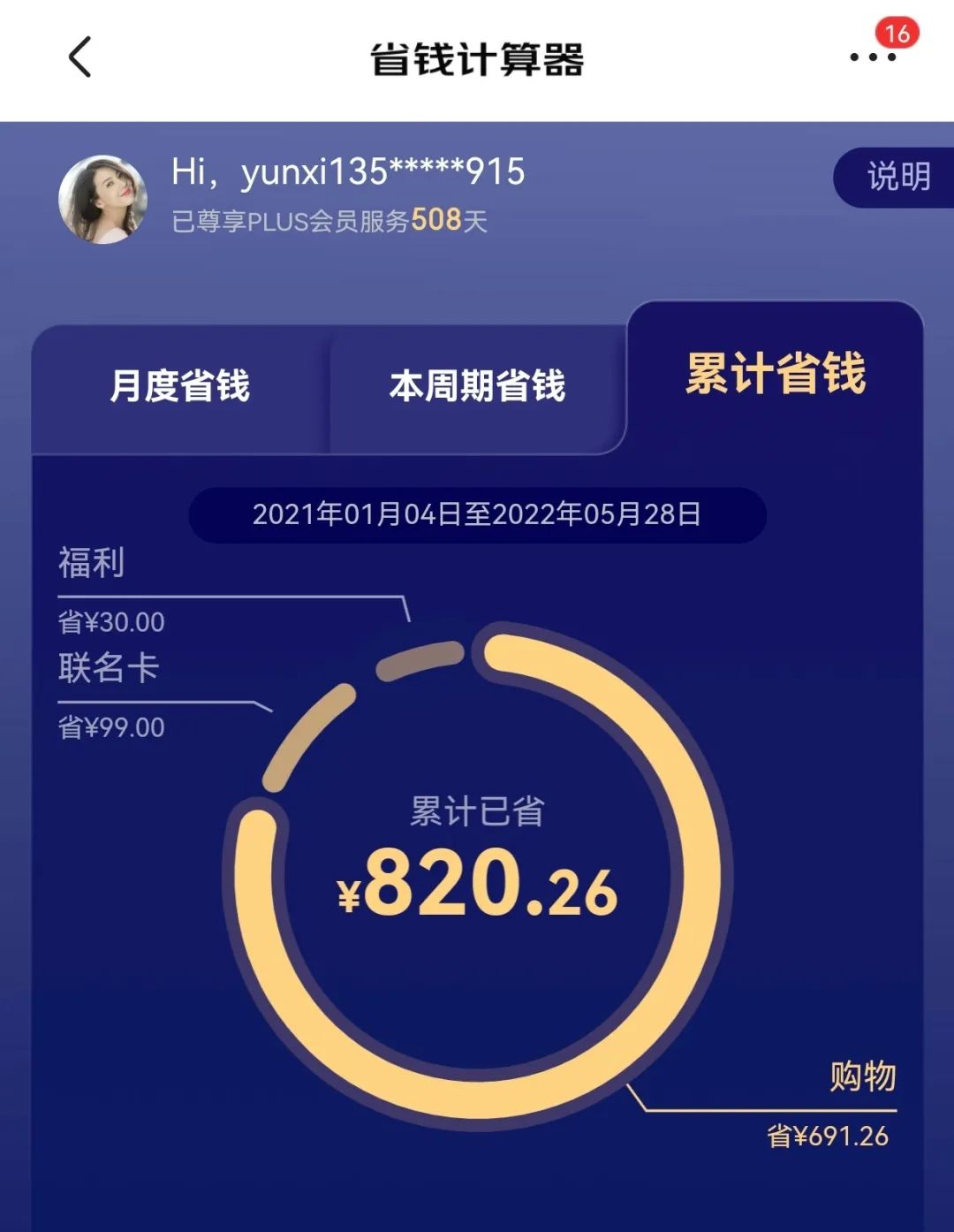
Next, you can do competing related surveys in the market industry of the enterprise. You can understand how the members in the market do, what are the contents of the competitors and what services it provides users.
3. Member growth system
First of all, what is the core goal of the current stage of the enterprise and income? Or do it new? Store? After clarifying the goal of commercialization, what are the core paths of the user, determine which behaviors on these paths need to be motivated, and then give these behaviors a certain weight or growth value to the need to build different levels of members need to need Growth value.
Suppose we design a member system for a driver of a online car rental platform. What are the core paths of the online car driver? Download APP — Registered Account — Upload Information — Review, and start receiving orders after passing. What kind of behavior of the driver is in the daily order process? First of all, the APP is opened to pick up the order, go to the place where passengers set off and receive passengers, click the itinerary to start and navigate, send the bill to the passenger to end the trip. Subsequent related behaviors may involve user evaluation, complaints, traffic violations, and inviting friends to register.
It can be selected from the above behavior to select important core behaviors. The platform must inspire drivers' behavior as a behavioral condition for obtaining growth values.
1. Member conditions
After sorting out the core path, he started to build a member system. First of all, how can your users become your members? Just register? Or do I need to complete certain tasks? Still need to pay?
2. Member level division
On the core path of the user's experience, what business behaviors have happened, such as registration, browsing, forwarding, praise, collecting, etc., which gives a growth value to the user's related behavior. It is also possible to define a name according to the business attributes of your platform.
Then, the value of the behavior of the behavior that needs to be motivated, such as the growth value of the 10 -growth value of the registered successful reward, the value ratio of different behavioral action rewards is different, and the growth value can be performed according to the main business behavior of 70%+secondary business behavior 30%. excitation.
Such as: Didi orange long value composition
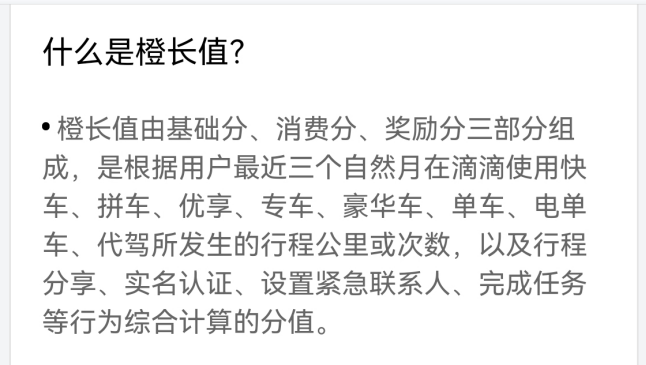
1) User layered method
Then use data analysis or algorithm students to divide the current users into several levels according to certain models (such as: clustering, RFM).
Based on the user's life cycle: The life cycle of general users will be divided into 5 stages, but not all users will go through every cycle.
The total value of life cycle, LTV (LifetimeValue), which means customer life value, is the sum of all the economic income from all users from the user's interaction. It is usually applied to the marketing field and used to measure the value generated by enterprises to enterprises, and is designated as an important reference indicator for enterprises to obtain high profits. --Baidu Encyclopedia
Introduction period: After the user is registered, I just started, I am not familiar with the product, and I am not familiar with what value it can bring. I have not experienced the growth period of the core functional process: I have a certain understanding of the product, I have experienced the core functional process. The user value provided by the product is relatively recognized, and the preliminary habit has been established, and the product will be used regularly. For example, log in three times a week, and the length of each time of use is 10 minutes mature period: the product has formed a high degree of use dependence and habits, the frequency and use period of use have been significantly high, and the value of the value that can contribute high But now you no longer access or use products, or the frequency of access is increasingly lost: users who have not logged in to the products for a long time, and even uninstalled products. For example, users who have not used products for more than 30 days, the loss of each platform is different according to RFM: First of all, let's look at the definition of RFM in the field of e -commerce. RFM is the three dimensions of measuring user value, which are R (Recence) Transaction interval, F (FREQUENCY) transaction frequency, M (Monetary) transaction amount.
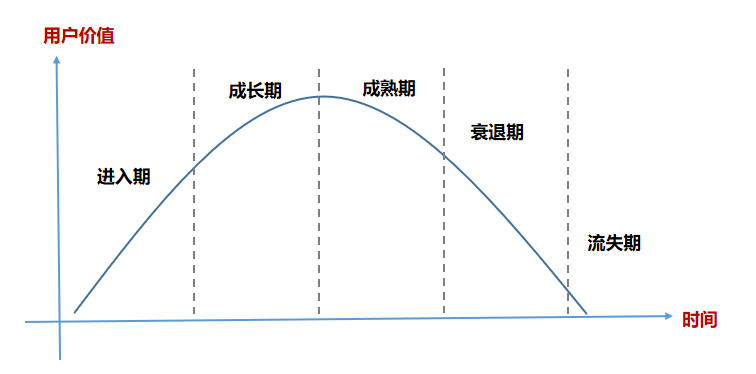
R represents the interval: that is, the interval between the user's latest transaction, the larger the R, indicating that the longer the customer does not have a transaction, and the smaller R, it means that the closer the user has a transaction. F represents frequency (Frequency): That is, the number of times the number of users traded in the recent period, the larger the F, which means that the more frequent the user transaction, the smaller F, which means that the user is not active enough. M represents Monetary: In the same time period, the larger the amount of the user transaction, the larger the value of the user, the higher the value of the user, the smaller the M, which means that the lower the user value.
In actual applications, RFM is broad, and different products can be variant according to similar logic. For example, a tool -type APP, then according to RFM variants, R represents the recent login time, the login frequency of the Fate for a period of time, and M represents the average duration of each time each time.
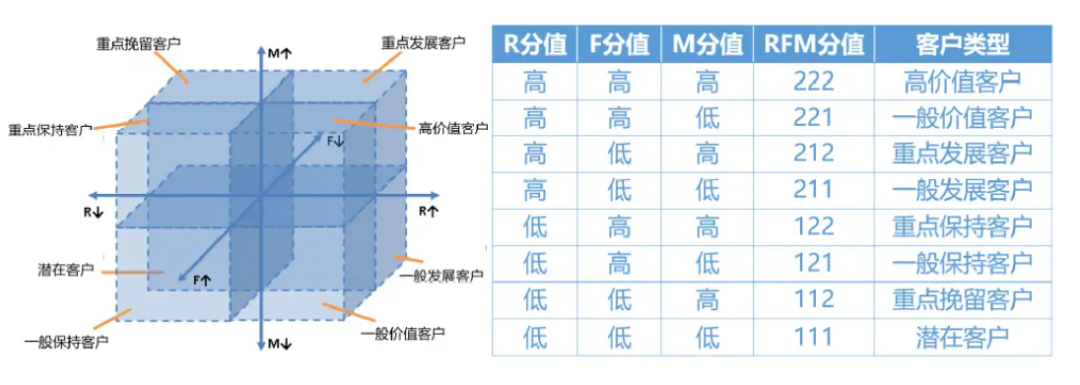
Through the above two methods, the user is divided, and the high-level users and low-level users refer to the 28th principle. Generally, 4-6 levels can be divided, from low to high, corresponding to different growth values, growth of each level of growth The threshold of the duty is appropriately revised, so as to form a level division of the member system. For example: the growth value score corresponding to the level of Didi member level.
2) Growth value management

First, we need to manage the membership of the membership. The "upgrade" is focused on the sense of ritual, strong awareness, and strong reminder. Second, is there a validity period for growth? If the growth value has been accumulated, then the user's growth value will become larger and larger, will it break through the upper limit of the level, and all users may become the highest level members at a certain time? Therefore, you can set an effective time for growth value, such as 90 days valid, and the length of the specific time can be determined as appropriate according to the situation of the platform itself. Third, set the validity period of the member level, that is, the members of each level have a certain effective time. It is necessary to protect the rights and interests of this level, but also stimulate members of this level to upgrade to higher levels. Corresponding to the threshold of growth value, it needs to be downgraded. The validity period of the level is "year, month, season" or other times. Generally speaking, the higher the frequency behavior, the shorter the validity period can be. 3. Member incentive system
For users, the platform sets up members, and users are more concerned about what are their rights and interests. So before setting up membership, you can first understand what the user's pain points are? What rights users want the most? The platform can launch a user survey or telephone return visit for investigation.
For example, the e -commerce platform is free of shipping, special products, and birthday gifts. The core point is related to the platform's business.
Assuming the above -mentioned online car platform, if you want to give different membership rights to the driver of the Internet car, what are the rights they want? Let's guess: preferred order, refueling coupon, airport single -priority delivery, free card, car wash coupon, maintenance service, accident insurance, air load compensation, traffic package package, VIP customer service, etc. The business problems encountered in actual scenes hope that the platform can solve their pain points or needs.
Only when the platform penetrates into the business scenario, you can solve the user's pain points to the user's rights and interests, which can stimulate low -level members to sprint to high -level members.
When building membership rights, several basic principles must be followed:
To understand the pain points of users around the core business of the platform, the higher the service level provided by the platform, the more equity. The differentiated differentiated setting of the equity cost control is generally speaking. Now the rights and interests given by users are the rights and interests provided by the enterprise themselves, and there are also the first. Some of the three parties. (For example, JD PLUS member)
A good member system can not only enhance the activity and retention of users, but also increase users to create more value for the platform in the life cycle. Think about the little master, do you have a lot of members silently, and created a lot of "value" for the "Dad of the Golden Lord" ~~
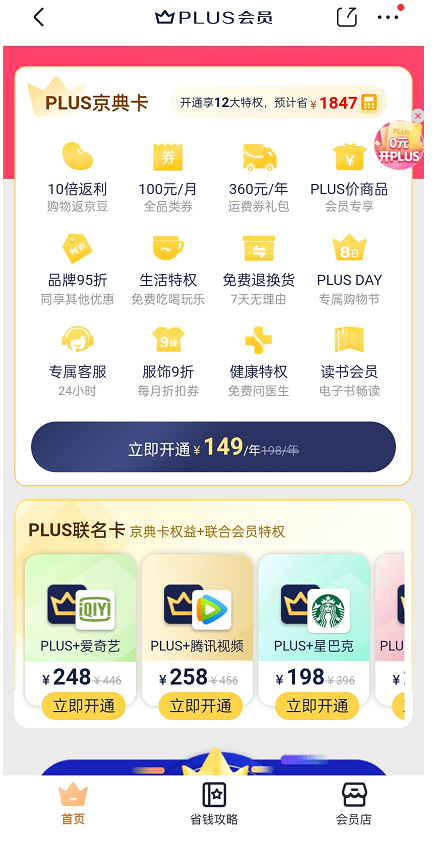
This article was originally published by @本 本 本 本 is the product manager. Reprinting is prohibited without permission.
The question map is from UNSPLASH, based on the CC0 protocol.
- END -
Suzhou High -tech Zone: Create the "Upgraded Edition" of Young Talent Station
Recently, the young talent station of the Suzhou High -tech Zone (Taoyuan International Resort Hotel Station) ushered in a quasi -graduate who came to the high -tech zone -Li Wentao from Luzhou, Anhui
[Scientific research progress] The discovery of cell cartilage confirmed that Yunnan worm was the most primitive vertebrate before 5 billion years ago

Recently, Chinese scientists have found that the Yunnan worm produced by the Cambr...